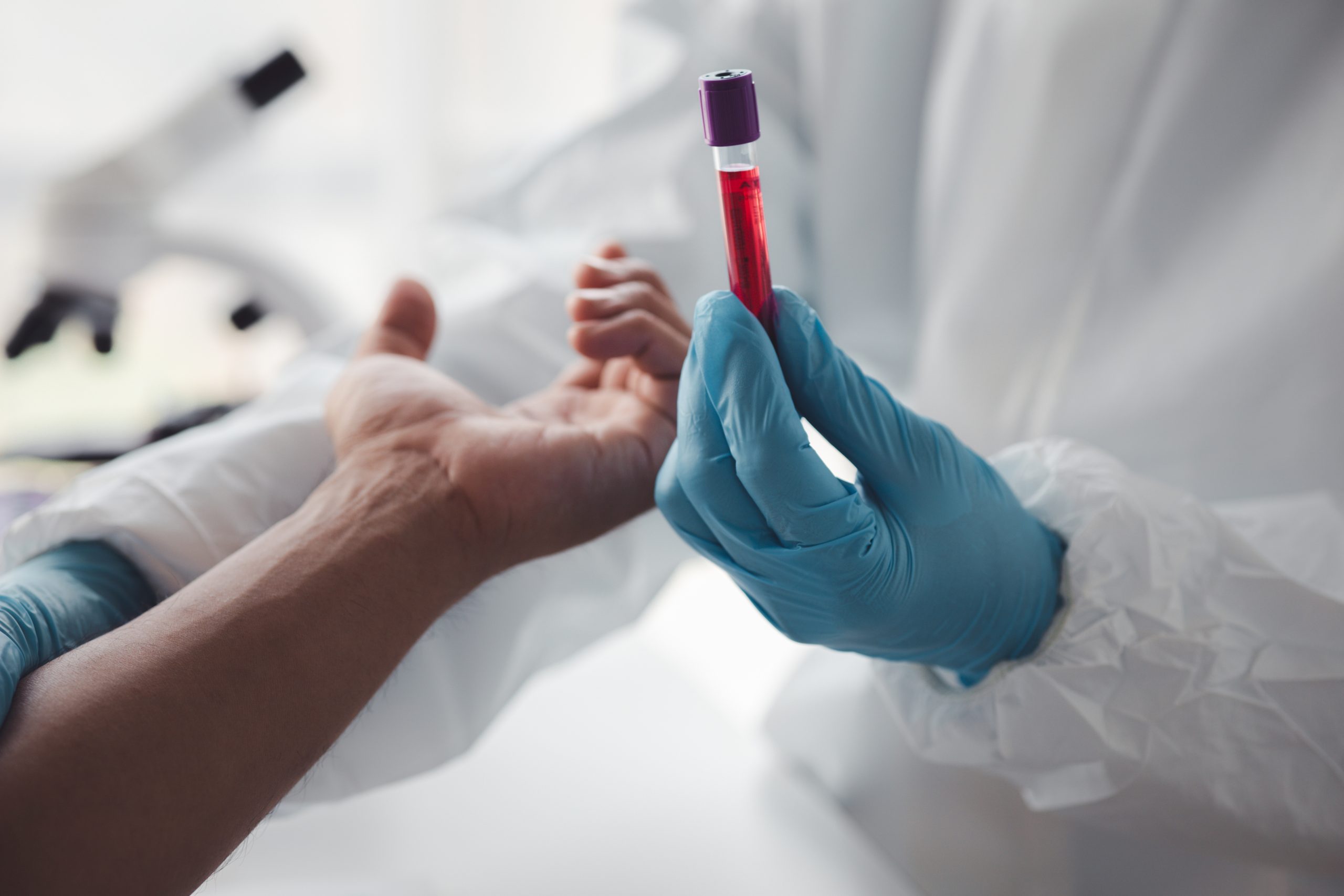
June 14, 2024 — A recent study by M.D.-Ph.D. student Eden Engal, under the guidance of Dr. Yotam Drier and Prof. Maayan Salton from the Faculty of Medicine at the Hebrew University of Jerusalem, has highlighted the crucial role of the SMCHD1 protein in the regulation of alternative splicing, shedding light on the disease development of Facioscapulohumeral Muscular Dystrophy (FSHD). This complex disorder, which leads to the progressive weakening and loss of muscle function, is driven by genetic factors. The team’s findings enhance our understanding of the genetic mechanisms that underlie this debilitating condition.
FSHD is one of the most common forms of muscular dystrophy, affecting approximately 1 in 20,000 people worldwide. It is caused by genetic mutations that lead to the inappropriate activation of the DUX4 gene in muscle cells. This activation disrupts normal muscle function and causes muscle cells to deteriorate over time. The severity of the disease can vary widely, with some individuals experiencing mild symptoms while others experiencing more extreme symptoms, such as the loss of significant muscle function and mobility. There is currently no cure for FSHD.
As DNA is transcribed into RNA, parts of the genes are removed from the RNA in a process known as splicing. Which parts are removed is regulated by multiple proteins and can lead to the production of different proteins from the same DNA, a phenomenon therefore termed alternative splicing. This study found that in addition to SMCHD1’s known role in regulating chromosome structure, it is also strongly affecting alternative splicing. Mutations in the SMCHD1 gene were already known to lead to DUX4 expression and FSHD, but it was not clear how.
A detailed analysis of RNA sequencing data from muscle biopsies of FSHD patients and cells genetically modified to lack SMCHD1 revealed extensive splicing errors in numerous genes due to the absence of SMCHD1. A comprehensive screening of splicing factors identified the involvement of the splicing factor RBM5 in these anomalies, and further experiments confirmed that SMCHD1 is required for recruiting RBM5 to its target RNA sites. Amongst the genes whose splicing was disrupted, the researchers identified the DNMT3B gene. They have then demonstrated that the changes in DNMT3B splicing led to reduced DNA methylation at specific sites near DUX4 which in turn causes harmful overexpression of the DUX4 gene, significantly contributing to FSHD development.
“Our findings underscore a vital link between SMCHD1 and the regulation of splicing mechanisms that, when disrupted, activate pathological processes in Facioscapulohumeral Muscular Dystrophy,” stated Eden Engal. “This understanding opens new avenues for potential therapeutic strategies that target these splicing errors, offering hope for mitigating the disease’s progression.”
This research emphasizes the significant role of SMCHD1 in gene splicing regulation and its impact on the genetic foundations of FSHD, pointing to promising directions for therapeutic intervention.
The research paper titled “DNMT3B splicing dysregulation mediated by SMCHD1 loss contributes to DUX4 overexpression and FSHD pathogenesis” is now available in Science Advances and can be accessed here.
Researchers:
Eden Engal1,2,3, Aveksha Sharma2, Uria Aviel1,4, Nadeen Taqatqa2, Sarah Juster4,5, Shiri Jaffe-Herman2, Mercedes Bentata1,2, Ophir Geminder2,3, Adi Gershon2, Reyut Lewis1, Gillian Kay2, Merav Hecht1, Silvina Epsztejn-Litman4, Marc Gotkine6,5, Vincent Mouly7, Rachel Eiges4,5, Maayan Salton2, Yotam Drier1
Institutions:
- The Lautenberg Center for Immunology and Cancer Research, The Institute for Medical Research Israel-Canada, Faculty of Medicine, The Hebrew University of Jerusalem
- Department of Biochemistry and Molecular Biology, The Institute for Medical Research Israel-Canada, Faculty of Medicine, The Hebrew University of Jerusalem
- Department of Military Medicine and “Tzameret”, Faculty of Medicine, The Hebrew University of Jerusalem
- Stem Cell Research Laboratory, Shaare Zedek Medical Center
- Faculty of Medicine, The Hebrew University of Jerusalem
- Department of Neurology, Hadassah Medical Center
- UPMC University Paris 06, Inserm UMRS974, CNRS FRE3617, Center for Research in Myology, Sorbonne University



